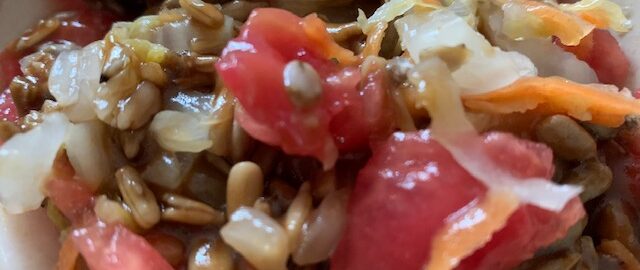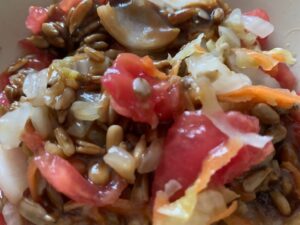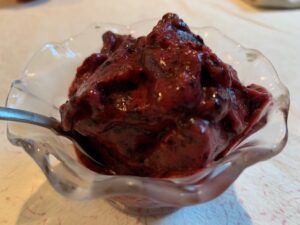Please explain why you came to our office.
“Knee pain, trouble going up and down stairs, squats, lunges”
Please describe your response to treatment.
“Started with adjustments the first few weeks, then added acupuncture twice a week. After the second treatment of acupuncture I noticed less pain. By the 4th treatment I haven’t had any pain. I look forward to my appointments with Dr. B weekly.”
`37 year-old female




